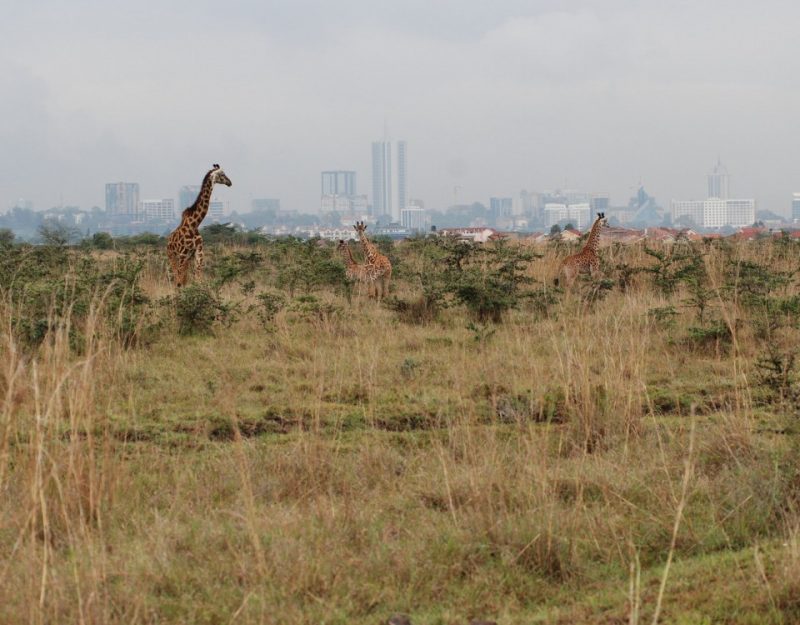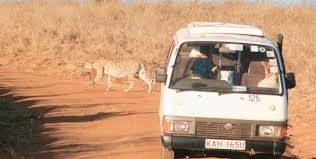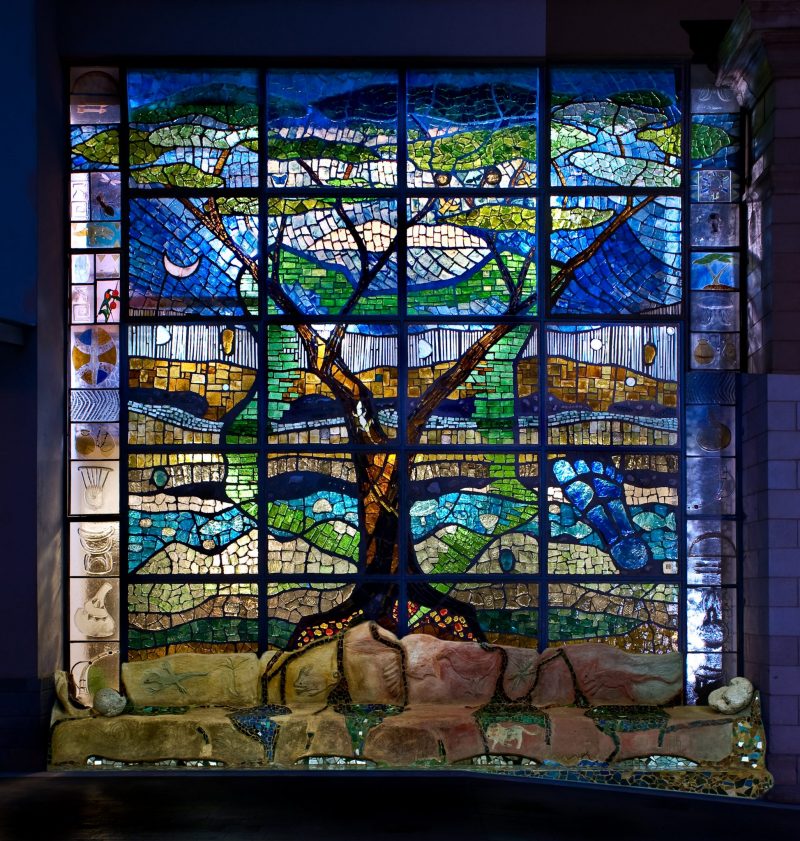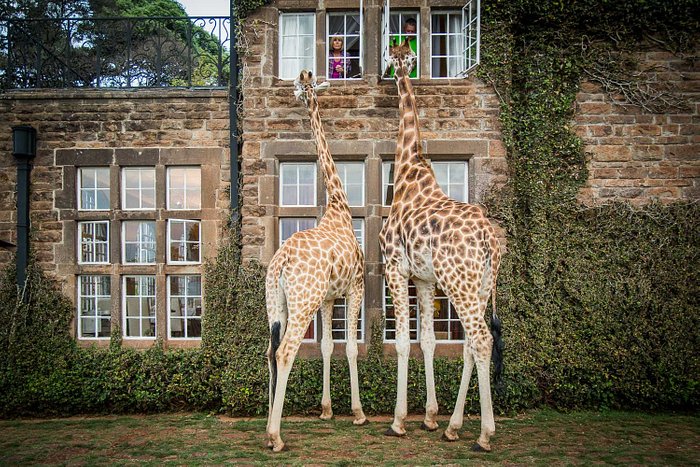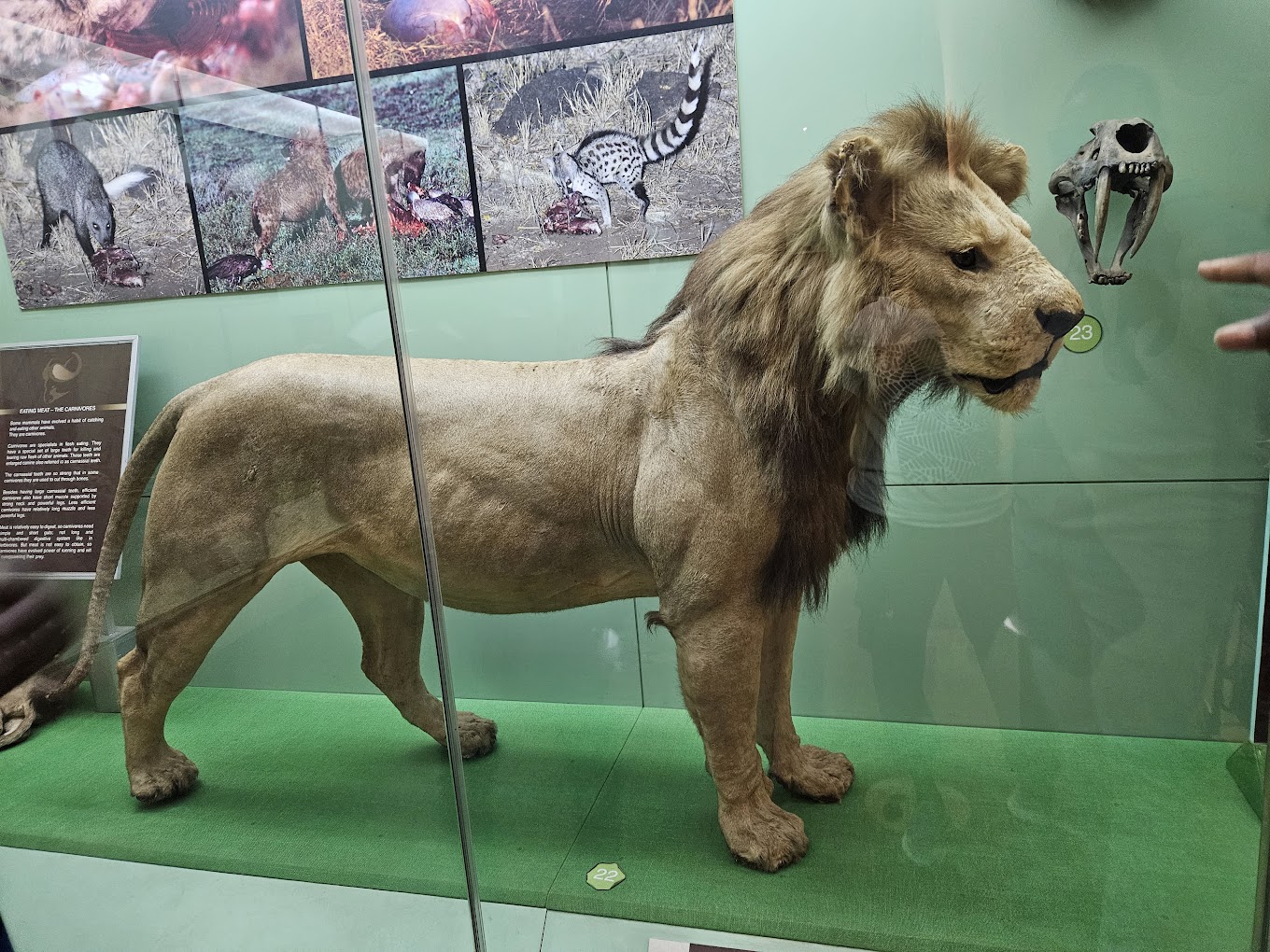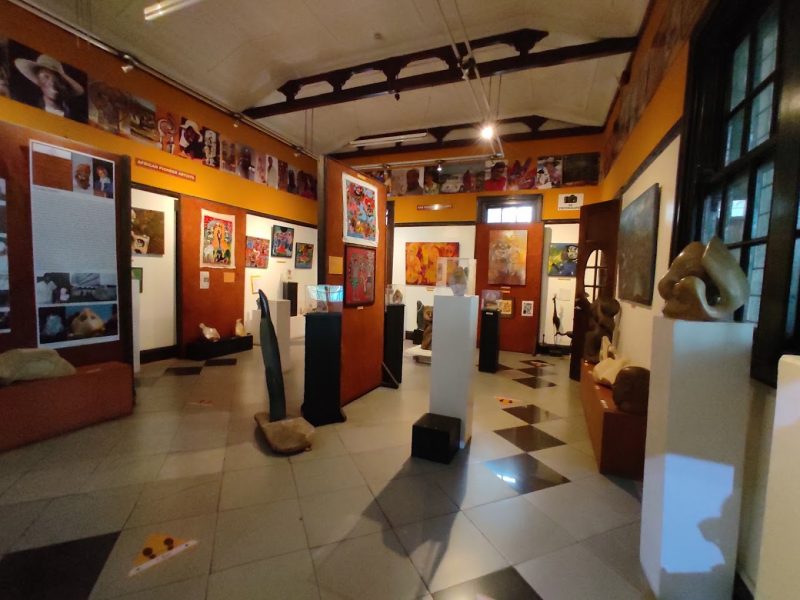Nairobi National Park Against Urban Setting
Nairobi national park was the first game reserve in Kenya. It is the only wildlife park in the world that is closest to a capital city. The park is 6 miles from Nairobi. Set on the southern outskirts of Nairobi, it has 117 square kilometers of pristine savanna, grasslands, forests, wetlands and rocky valleys. The park offers the country’s most accessible and incongruous safari experience. This green city in the sun is a real contrast to the buzz of the city.
Finest vacation climate
Kenya boasts one of the finest climates on earth. Nairobi national park is 5030 feet above sea level. Therefore, temperatures are mild year-round. The near-perfect weather makes it an excellent year-round day vacation destination in Kenya no matter what time of the year.
Monthly weather pattern
January to March is dry and hot. January and February are the hottest months of the year. Avoid April to June as heavy rains can make spotting wildlife challenging as they disperse into the interiors so tracking them takes more time. Rainfall can also disrupt the safari plans as the precipitation may affect road safety. April has the highest rainfall of 8 inches. But during this period, it is an awe-inspiring spectacle to see the landscape dominated by yellow daisies. July to October is hot with no rains. Hence, wildlife spotting is in abundance. July and August are the coolest months. July has a rainfall of less than 1 inch. November has a rainfall averaging just over 4 inches. December through March are the warm and spring-like months.

Despite being close to the city, the wild animals seems utterly unperturbed by modern civilization Source Credit: Youtube
Wildlife in city
What makes Nairobi National Park so surreal and unique when compared with other parks is that wild animal can be seen grazing quietly against a backdrop of skyscrapers and landing planes. There are not many places on earth that put visitors so close with wildlife in such urban settings. And no other place offers a photographer an opportunity to capture the wildlife in its natural habitat against a city skyline. Despite being so close to the city, the wild in the park seems utterly unperturbed by the hustle and bustle of the modern civilization.
Animals in abundance
Nairobi National Park plays host to abundant wild animals including lions, leopards, cheetahs, buffaloes, giraffes, hyenas, and the endangered black rhino. Park rangers at the entrance have updates on lion movements. To spot the resident cheetahs and leopards, one need a bit of patience and luck. Other regularly spotted animals include baboons, zebras, wildebeests, gazelles, warthogs, ostriches and 100 other mammal species.
Migration of wildlife
The park has both human-made and natural boundaries. All edges have fences except the southern end which is an open space used by migratory animals when new water sources and vegetation develop outside the park. Nairobi National Park is home to a large population of migratory wildlife. The park’s open border allows a corridor for the migration of wildlife during the seasonal rains.
Major rhino sanctuary
Nairobi National Park has a major rhino sanctuary for breeding and restocking. The sanctuary is home to the world’s thickest concentration of black rhinos. There are around 50 of them in the park. Because of the success of the shelter, the National Park acquired the nickname Kifaru Ark.
Significant conservation efforts
At one time Kenya was being decimated by relentless rhino poaching reflecting the high price for their horns in the Asian black market. So, in 1989, the then President of Kenya, Daniel Arap Moi, burnt and destroyed 60 tons of confiscated ivory. The dramatic event improved the country’s conservation image. Today the historic Ivory Burning Site Monument marks this spot. It is an insightful and educational part of the tour activities in Nairobi National Park. Since then the park has put in place strong anti-poaching measures. But even that and the park’s proximity to the country’s largest city could not prevent the killing of a rhino in August 2013 as well as in January 2014. Hence, significant conservation efforts are underway to protect this animal.
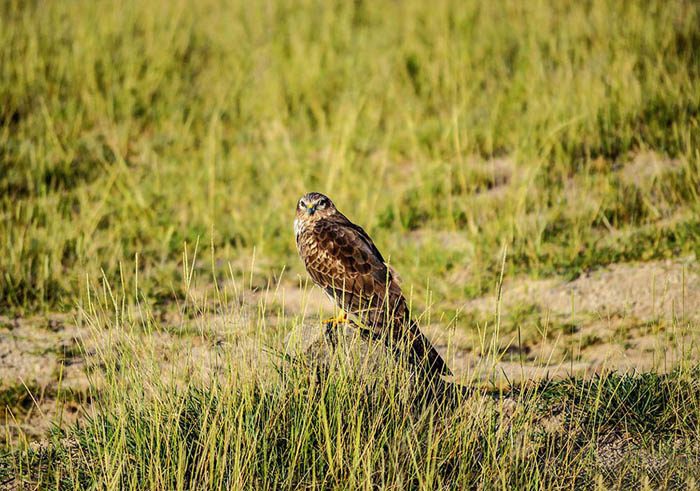
The birdlife at Nairobi National Park is more than the whole of Britain’s birdlife put together Source Credit: Africa Geographic
Destination of birds
Kenya is a destination for birders. The Nairobi National Park is a birder’s paradise. The park’s wetland areas sustain approximately 400 species of migratory and endemic birds. The birdlife at Nairobi National Park is more than the whole of Britain’s birdlife put together. At least 20 of them are seasonal European migrants.
Bush walking trails
Hikers can enjoy the walking trails in the three campsites. The Athi River in the southern boundary of the park is a natural asset and is an ideal setting for quiet bush walks through a forest filled with monkeys, birds, hippos and crocodiles. At the southwestern boundary, small streams have carved steep valleys. It is a visual treat to visitors to occasionally witness hyrax, mountain reedbuck, and klipspringer.
Cosy park accommodation
Close to the park are two accommodations used mostly by transit passengers – Eka Hotel with 170 rooms and the older Panari Hotel with 136 rooms. The only lodging situated inside the park is Nairobi Tented Camp. It is a typical kind of accommodation used by early explorers in Kenya. The lodging has eight guest tents with all the necessary conveniences such as private veranda, full bathroom with bucket shower, flavorsome meals, courteous staff and a comfortable bed all set within a remote African bush. Emakoko is a family-owned 20-room lodging on 15 acres of land on the unfenced southern border of National Park. Mbagathi and Emakoko Rivers border the other sides. Ole Sereni Hotel has 134 rooms with modern amenities, such as air-conditioning, television, and complimentary Internet. The hotel is designed to meet the needs of the business traveler to Kenya. African Heritage House is a gallery house with six rooms. It takes you through a journey of the culture of Africa with an eclectic collection of textiles, art, and varied handcrafted furnishings.
Transport
Nairobi National Park is a short drive out of the Central Business District. Also, Nairobi travel companies offer half-day safaris. The gates of the entrance are the main Langata entrance, Magadi Road entrance, and the Athi River Gate entrance. The park is accessible using one of these gates. Before entering the park, visitors are required to get a Safari Card which is available at the Langata entrance gate. The cheapest way to get to the park is the park shuttle. It is a big bus and leaves the main entrance at 1.30pm. Inside the parks, the roads are passable with four wheel drives. If the rains have been heavy, it is best traveling in a four wheel drive. Visitors can enjoy drinks and meals at the three-star Rangers Restaurant overlooking the park.
5 Frequently Asked Questions About Nairobi Parks
To receive a colourful digibook about Museum with videos, images and text, please fill out the following form or simply email us on safaris@safari-center.com

